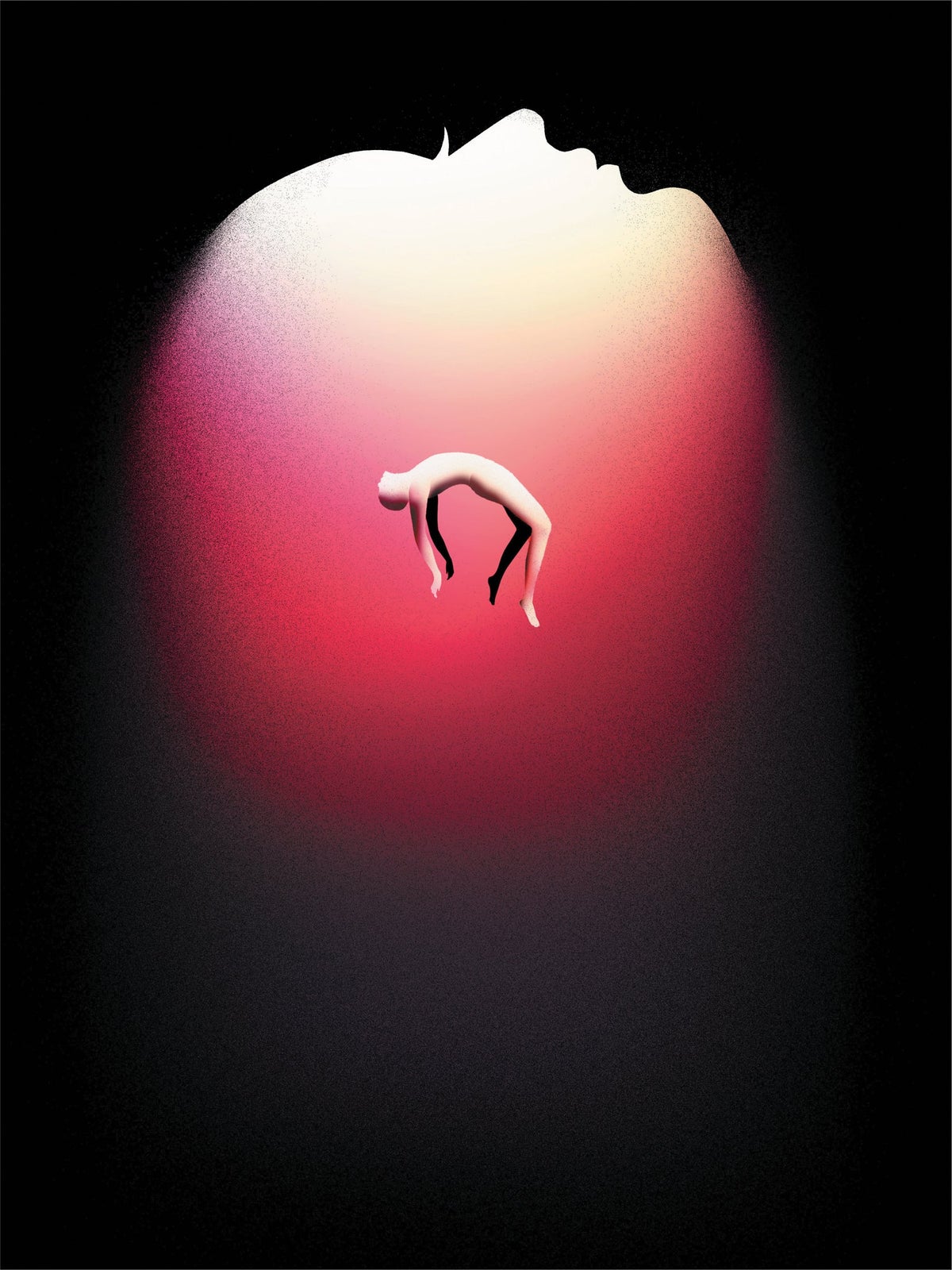David Baxter PhD
Late Founder
Near-death experiences: What really happens?
LiveScience
Fri., Sept. 12, 2008
Scientists studying the brain, consciousness of people on the verge of dying
Many reports of near-death experiences sound the same: a welcoming white light and a replay of memories. But now scientists aim to study what really happens to the brain and consciousness when someone is on the verge of dying.
In a new study called AWARE (AWAreness during REsuscitation), doctors will examine patients in hospitals in Europe and North America who reach a state called cardiac arrest.
"Contrary to popular perception, death is not a specific moment," said leader of the study Dr. Sam Parnia of the University of Southampton in the U.K. "It is a process that begins when the heart stops beating, the lungs stop working and the brain ceases functioning ? a medical condition termed cardiac arrest, which from a biological viewpoint is synonymous with clinical death."
Science has long struggled to define death, and to determine when the precise moment of death occurs. Now though, most doctors consider death more of a process than an event. A person is thought to have died when he stops breathing, his heart stops beating, and his brain activity ceases.
"During a cardiac arrest, all three criteria of death are present," Parnia said. "There then follows a period of time, which may last from a few seconds to an hour or more, in which emergency medical efforts may succeed in restarting the heart and reversing the dying process. What people experience during this period of cardiac arrest provides a unique window of understanding into what we are all likely to experience during the dying process."
Previous research suggests about 10 to 20 percent of people who live through cardiac arrest report lucid, well-structured thought processes, reasoning, memories and sometimes detailed recall of events during their encounter with death.
One study found that people who reported peaceful feelings, bright light and out-of-body experiences during a brush with death are more likely to have had difficulty separating sleep from wakefulness in their everyday lives. Both before and after their near-death experiences, these people often have symptoms of the rapid-eye movement (REM) state of sleep while awake.
The AWARE researchers want to find out what happens to the brain when a person's body has started to shut down, whether it is possible for people to see and hear during cardiac arrest, and what's going on during out of body experiences.
The launch of the AWARE study was announced at an international symposium at the United Nations Sept. 11.
LiveScience
Fri., Sept. 12, 2008
Scientists studying the brain, consciousness of people on the verge of dying
Many reports of near-death experiences sound the same: a welcoming white light and a replay of memories. But now scientists aim to study what really happens to the brain and consciousness when someone is on the verge of dying.
In a new study called AWARE (AWAreness during REsuscitation), doctors will examine patients in hospitals in Europe and North America who reach a state called cardiac arrest.
"Contrary to popular perception, death is not a specific moment," said leader of the study Dr. Sam Parnia of the University of Southampton in the U.K. "It is a process that begins when the heart stops beating, the lungs stop working and the brain ceases functioning ? a medical condition termed cardiac arrest, which from a biological viewpoint is synonymous with clinical death."
Science has long struggled to define death, and to determine when the precise moment of death occurs. Now though, most doctors consider death more of a process than an event. A person is thought to have died when he stops breathing, his heart stops beating, and his brain activity ceases.
"During a cardiac arrest, all three criteria of death are present," Parnia said. "There then follows a period of time, which may last from a few seconds to an hour or more, in which emergency medical efforts may succeed in restarting the heart and reversing the dying process. What people experience during this period of cardiac arrest provides a unique window of understanding into what we are all likely to experience during the dying process."
Previous research suggests about 10 to 20 percent of people who live through cardiac arrest report lucid, well-structured thought processes, reasoning, memories and sometimes detailed recall of events during their encounter with death.
One study found that people who reported peaceful feelings, bright light and out-of-body experiences during a brush with death are more likely to have had difficulty separating sleep from wakefulness in their everyday lives. Both before and after their near-death experiences, these people often have symptoms of the rapid-eye movement (REM) state of sleep while awake.
The AWARE researchers want to find out what happens to the brain when a person's body has started to shut down, whether it is possible for people to see and hear during cardiac arrest, and what's going on during out of body experiences.
The launch of the AWARE study was announced at an international symposium at the United Nations Sept. 11.


